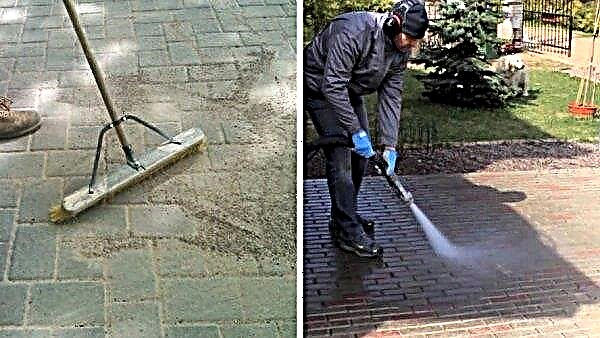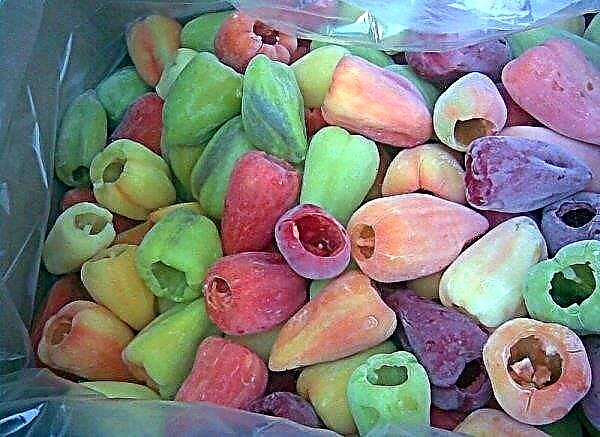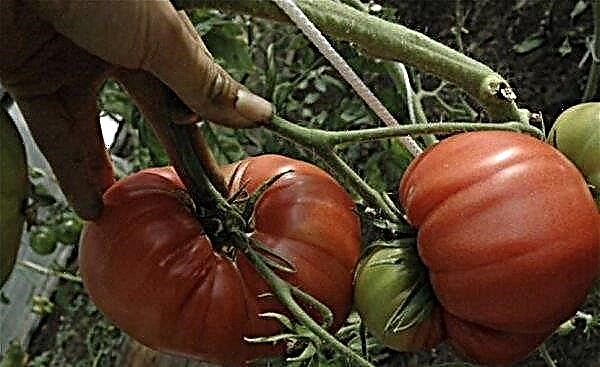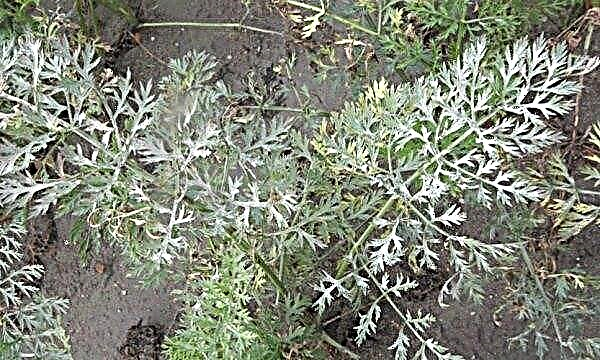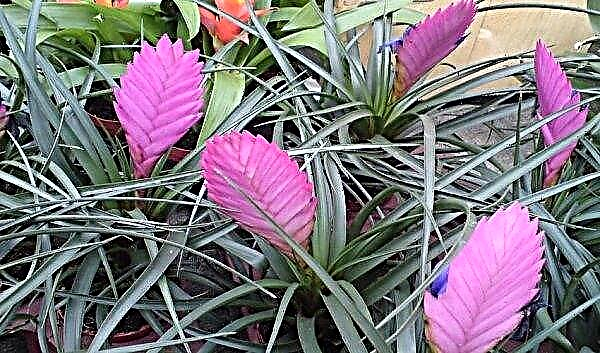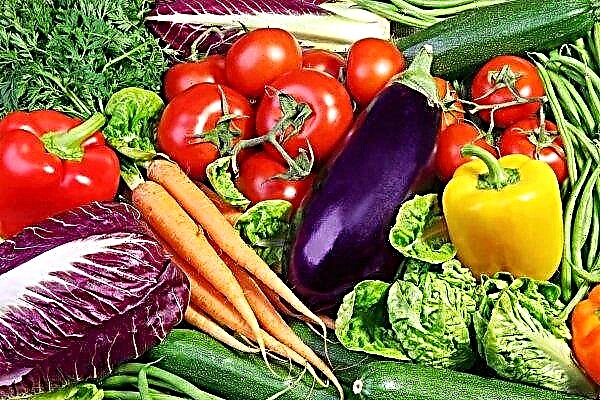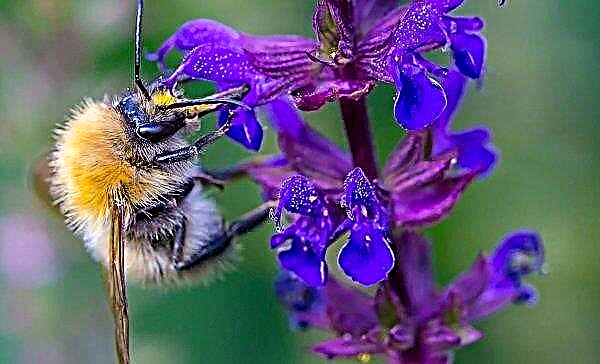For owners of greenhouses, the issue of heating such a room at lower temperatures is relevant. Now there are many greenhouse heaters that are an alternative to stove heating. Their choice depends on different conditions. Let's consider this question in more detail.
Why is heating in greenhouses used?
If you heat shelters for growing crops, this will help to significantly extend the period of harvest, and also allow you to collect the earliest crop. Well-established heating will allow you to grow plants all year round and get several crops. In this case, it is best to use a capital greenhouse and arrange heating in it. In this case, it is necessary to organize automatic control or constantly monitor the process. Such systems can help with the cultivation of heat-loving exotic crops in regions with harsh climates.
A heater in a cold greenhouse will be relevant to install in a climate with a short summer or changeable spring with return frosts.
Important! When choosing a heater for a winter greenhouse, one should take into account the parameters of the greenhouse and climatic conditions, power and efficiency of the device, budget. Do not forget that the cost of vegetables grown in shelters should not be higher than the cost of heating.
When and how is it used
It makes sense to use heaters at such a time:
- In the spring. It is used for earlier planting of seedlings or sowing seeds for seedlings, while the features of cultivated crops should be taken into account. For example, the minimum soil temperature for germination of tomato seeds is + 10 ° C, but at + 16 ° C they will rise faster. For the normal development of seedlings, the air temperature at night should not be lower than + 15 ° C, and temperatures below + 12 ° C are generally undesirable. Such heat-loving crops are planted when the soil warms up to + 10 ... + 12 ° C. And radishes and greens germinate already at + 3 ... + 5 ° С. In shelters, soil temperature is usually only a few degrees warmer than in open beds.
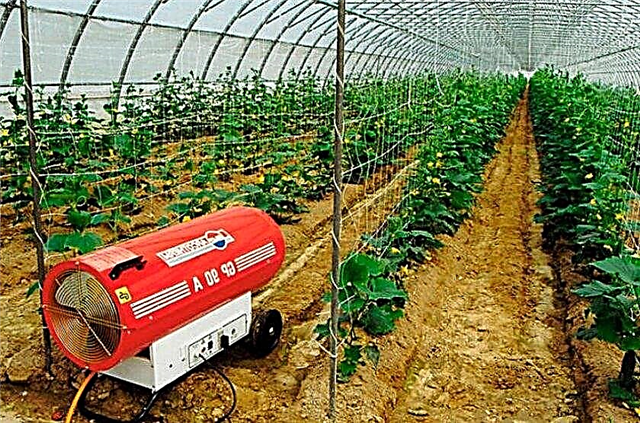 If you use heaters, then all sowing or planting work can be done earlier. As warming up, heating can be left only at night. But do not get carried away with it so that the temperature difference necessary for the cultures remains.
If you use heaters, then all sowing or planting work can be done earlier. As warming up, heating can be left only at night. But do not get carried away with it so that the temperature difference necessary for the cultures remains. - In summer. Sometimes, even in the summer, in some regions, temperatures can drop to critical temperatures. But usually there is no need for heating at this time in sheltered ground.
- In the fall. When the temperature starts to decrease and the nights become colder, heating at night becomes relevant.
- In the winter. It is very important in the cold season to constantly maintain the required conditions for growing crops. The use of heaters makes sense in capital or well-sealed rooms with well-lit lighting and the use of automation. Not every device can handle this.
Important! For a more efficient use of any heating device, you should worry about the tightness of the greenhouse and close up all the cracks.
What are the varieties of heating
There are 3 types of heating greenhouses:
- Natural. It is carried out under the influence of sunlight. For this, shelters are placed in the sun and on the south side of the buildings. However, this method is suitable only during the active sun - in the summer.
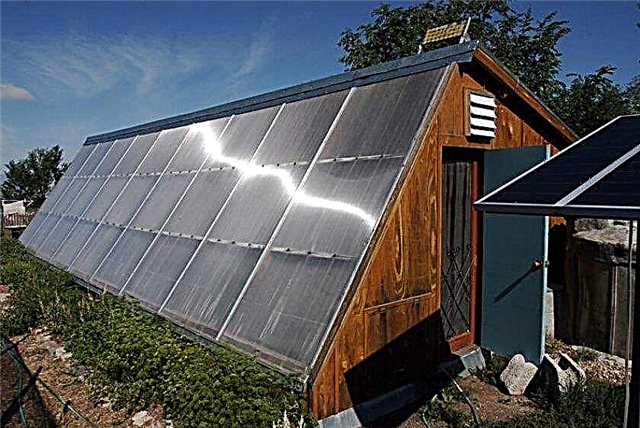
- Biological. It consists in the use of bio-substances, which, when decomposed, emit heat and carbon dioxide. This ability has manure. To do this, it is mixed with straw and a layer is placed 25 cm thick to a depth of 20 cm under the soil. Then, humidification is carried out to activate decomposition processes. Such heating is too weak to cope with winter temperatures.
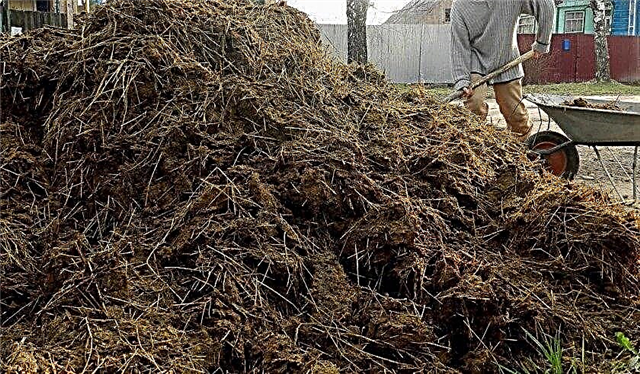
- Technical. To do this, use a variety of technical devices that people invented.
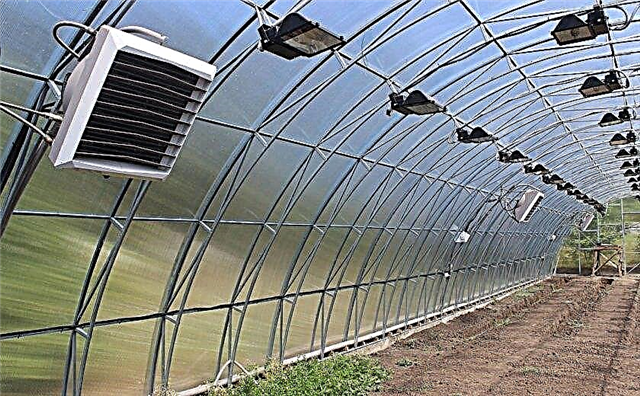
Among the various technical devices, the following varieties can be distinguished:
- Stove heating. One of the old well-deserved ways. Used boilers and stoves on diesel fuel, wood or coal. From the furnace, it is necessary to lay pipes along the room and bring them out. Such heating requires constant monitoring.

- Gas. It is usually carried out using a gas cylinder and burners. The disadvantage of the system is the uneven distribution of heat, in addition, oxygen is burned, air is dried and there is a danger of burning out. In this case, care should be taken about ventilation. Gas convectors are deprived of many of these shortcomings and more evenly distribute heat, equipped with protective automation.
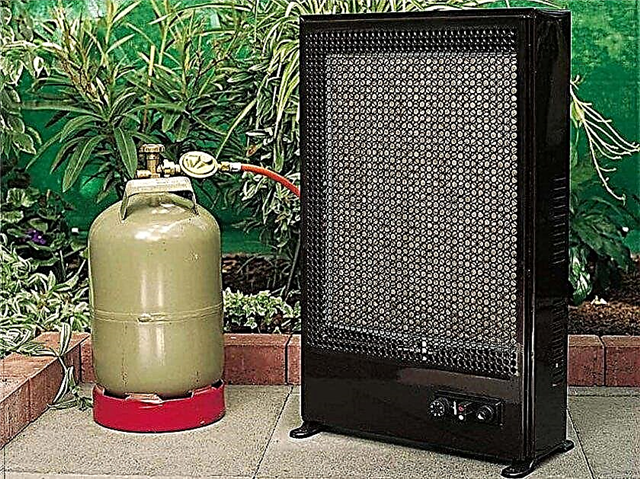
- Electric. The main advantage of such electric heaters is the ability to regulate the heating power. But they spend a lot of electricity, the heat is distributed unevenly, there may be a risk of fire. The design of fan heaters (for small greenhouses) and heat guns (for industrial buildings) allows you to quickly warm the air. Many of these devices will greatly dry the air (air heater), but they can be used once with a sudden short-term cooling. Given the dangers of using electrical devices, it is worth buying greenhouse heaters that have protective devices and are equipped with thermostats that prevent air overheating.
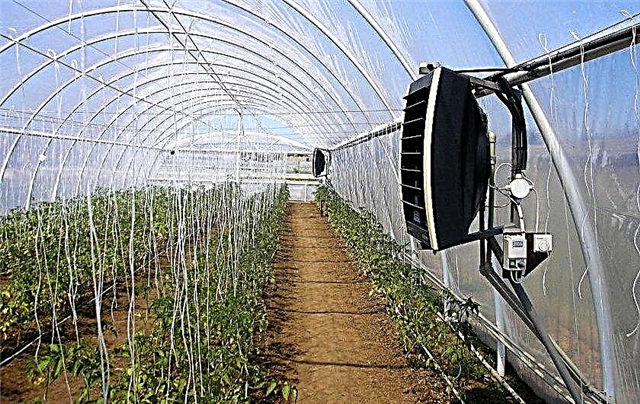
- Cable. It has gained great popularity and is in demand. It is safe and consumes little energy, usually supplied with regulators. It has a lot of advantages - soil heating is more effective than air heating. It should be laid in advance according to a technology similar to a "warm floor", usually this is done in parallel with the device of the greenhouse.
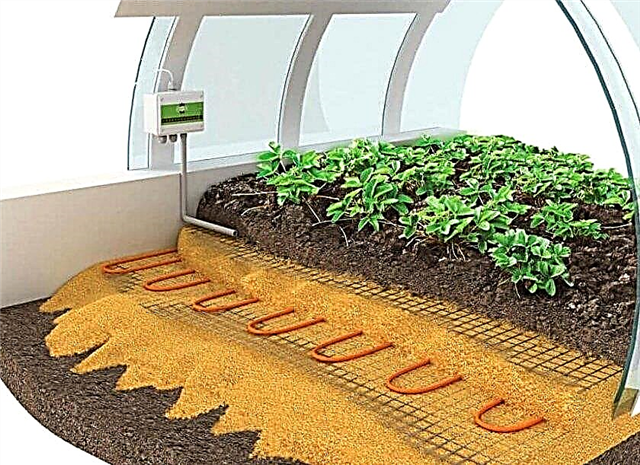
- Infrared heaters. Relate to energy-saving technologies. They appeared recently and are just beginning to be mastered by the population. For greenhouses, you can buy film infrared, usually Korean-made (Leeil). They can be used as ceiling mounted to the ceiling. But it will be most effective if you use them as soil.
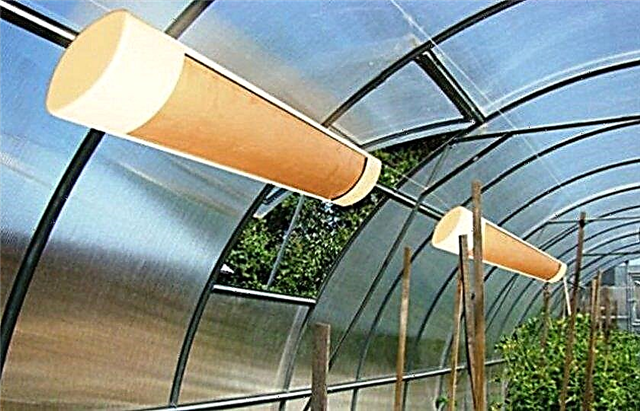
Electric heaters, cable and infrared films depend on electricity, therefore, it is recommended to immediately organize combined heating and have a furnace independent of it, for example, solar or gas, on hand in case of power outages.
Did you know? In European countries, the use of solar energy is popular for heating. The cheapest and most promising for heating are solar collectors, which you can do yourself. Such a system has a significant minus - it does not work on cloudy days and is usually installed as an additional one.
How to make a heater for a greenhouse with your own hands
For heating the greenhouse, you can make an improved version of the potbelly stove - bubafonu. For its manufacture, a metal barrel, an exhaust gas cylinder, or a piece of a metal sheet 4-6 mm thick simply welded into a circle is suitable. The size of this homemade stove depends on the size of the greenhouse. For a rather big greenhouse, it is better to take a barrel of 200 liters. You should stock up on two meter long pipe sections of such diameters so that one freely enters the other.
Step-by-step manufacturing technology is as follows:
- Cut off the top cover of the iron barrel with a grinder.
- Bend the edges of the barrel with a sledgehammer, and the edges of the cut lid, on the contrary, expand. The lid should close the barrel tightly.
- In the center of the cover, make a hole for the press tube.
- From a sheet 4 mm thick cut a circle 4 cm smaller than the diameter of the barrel and cut a hole in the center for a pipe of a smaller diameter. From below, it will be necessary to weld corners (10 cm) for a gap in front of the fuel, so that air masses have access to the fuel. Then a pipe should be welded to the hole in the center. It will be a press, under the weight of which burning firewood will settle. The length of the pipe of this press should be such that at its lowest position it rises above the lid by only a few centimeters.
- At the bottom of the barrel, cut a small opening for the ash pan door. Make an ashpit from a 4 mm sheet, hang canopies on it and fix it in place.
- Make a hole in the upper lateral part and weld a piece of pipe that will be inserted into the chimney going out. The chimney itself is best done at a right angle so that warm air lingers.

DIY installation features
Under the bubafon, it is best to make a small foundation of brick and trace the stability of the product. It can be lined with red brick for greater heat transfer, and the duct can be made more authentic by letting it go a few meters through the greenhouse. Then it will be a complete heating system, and not just a heater.
Now it remains to put firewood and wood chips tightly in the barrel and light them, and put a press with a thinner pipe on top, put a lid on top. The best and safest firewood for such a system is dry chips, branches, sawdust, pellets. The most dangerous are wet logs. If logs are used, then not in a standing position. Duration of burning can reach up to 6 hours. The piston should always be below the thrust hole.
Video: bubafonya and features of its use
Such a device can significantly extend the warm period for growing greenhouse crops. But for the winter it is better not to use it, but to choose a more reliable option with the ability to control. But as a backup system, for example, during blackouts, it can very well save the crop in the winter greenhouse.
Important! This heater can only be used for non-residential premises. When using standing wet firewood, there is a risk of reverse traction. Monitoring is required.
Useful Tips
With small temperature drops and short-term frosts that can be observed at night in the off-season, you can use the following techniques and primitive home-made heating devices:
- You can make a primitive heater from a candle. Put a candle placed in a tin can from under the stew in an iron bucket with holes on the sides, pour sunflower oil into it and cover with a lid on top. The candle should be well strengthened - put on a self-tapping screw. Such a candle will burn for a long time.
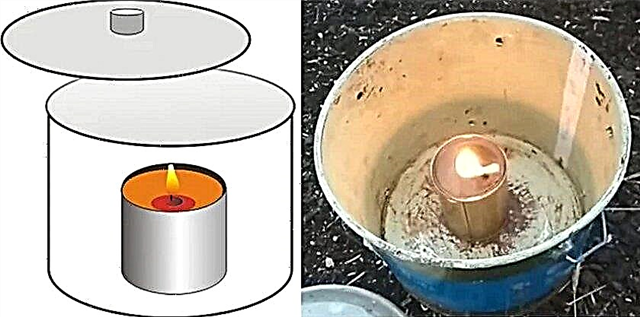
- Place buckets of coal in the greenhouse and place bricks under them.
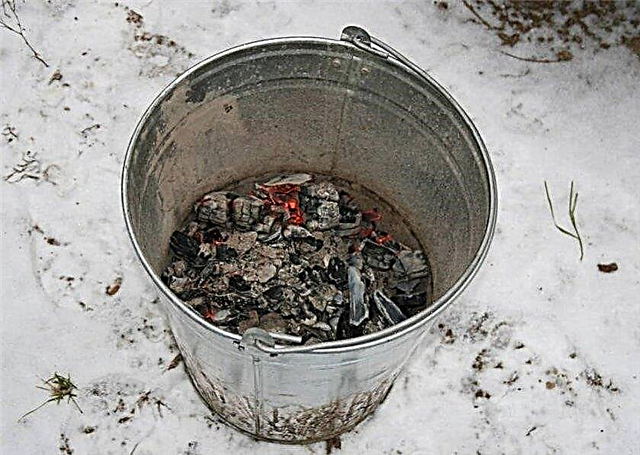
- Another option is from a kerosene lamp and a bucket. Place two bricks on the sides of the lit kerosene lamp and place an iron bucket on them.

For heating of protected ground, savvy gardeners sometimes organize joint heating of the bathhouse and greenhouse. The greenhouse building attached to the house will also help reduce heating costs. From such a glazed structure, you can make a greenhouse or a winter garden. Only such buildings should be planned before building a bathhouse or installing heating systems.
Did you know? The usual heating system for buildings used in our country to this day was invented by the English engineer Evelyn back in 1675. He used it to heat the greenhouse.
Heating the greenhouse will allow you to get large yields, extend the warm period for crops and protect against freezing in the off-season. Now there are many varieties of heaters and heating systems for greenhouses. In addition, a heating device can be made by yourself.

 If you use heaters, then all sowing or planting work can be done earlier. As warming up, heating can be left only at night. But do not get carried away with it so that the temperature difference necessary for the cultures remains.
If you use heaters, then all sowing or planting work can be done earlier. As warming up, heating can be left only at night. But do not get carried away with it so that the temperature difference necessary for the cultures remains.










